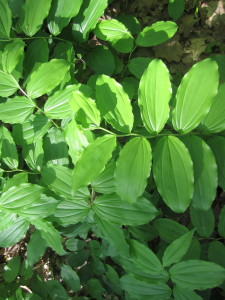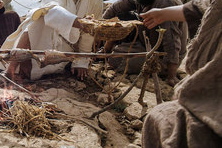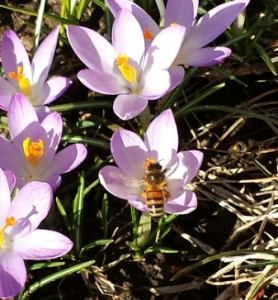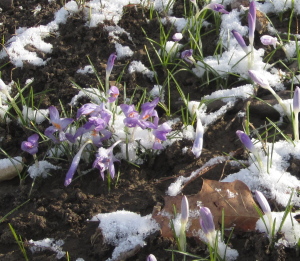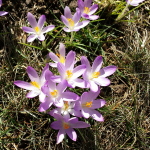
PHOTO: Mary van Balen
Last week, I had an early morning endodontist appointment. Since it was my first visit, I used Google Maps on my Android and arrived on time. A little over an hour later, I was on my way to work. I decided to take Main Street into town. The drive would be easy, and on the way, I’d stop for coffee and gas. That’s when the problem began.
Even though I’m not a morning person, there was no excuse for not realizing I had turned the wrong way coming out of the station. Sun rises in the east. Driving straight into it should have alerted me: Work was due west. As I said, I’m not a morning person, and the sun’s position wasn’t enough to clue me in; it was the changing vista that finally did.
“I’m heading out into the countryside not into the city,” I thought. Google Maps to the rescue. I keyed in my office address and took off. Something was wrong. Pulling to the side of the road, I checked. Somehow, the destination glowing at me from the screen was the dentist’s office. I reentered my work address, and tried again.
Twisting and turning along back roads and housing developments and sure I knew better, I backtracked. No, that didn’t work either. Google again directed me along a mysterious path. “Faith, Mary,” I said to myself. (Yes, by this time I was talking to myself.) “Faith.”
It paid off. Finally, the entrance ramp to the freeway came into view, I knew where I was and that work was about 20 minutes away.
Lesson? Traveling with Google Maps is not a substitute for knowing the big picture. Maps stick out of pockets in both my car doors, but I rarely use them anymore, depending instead on the friendly voice from my phone to guide me.
I used to read maps and teach elementary students how to read and draw them. Now, as I drive, I don’t pay close attention; the phone app is doing that. Finding my way back to a good starting over place would be easier if I had the map in my head.
 Life is like that, too. I don’t have the big picture. I may think I do, but really, I don’t. Making choices, pursuing one path instead of others, or doing nothing can lead to unrecognized places. Sometimes, the journey, full of twists and turns and takes me where I don’t want to go.
Life is like that, too. I don’t have the big picture. I may think I do, but really, I don’t. Making choices, pursuing one path instead of others, or doing nothing can lead to unrecognized places. Sometimes, the journey, full of twists and turns and takes me where I don’t want to go.
Thank goodness God writes with crooked lines…or to paraphrase: God draws us to the Divine Self using winding ways! And the BIG picture? The one we can never see? “Faith, Mary, Faith.” I don’t believe our paths are predetermined or that choices, no matter where they plunk us, can keep us from reaching our goal: Oneness with the Holy One and with each other. I do believe patient, loving Grace is with us throughout the journey.
We move forward in darkness as well as in light. I walked into the office that morning, late, but I was there. It doesn’t hurt to study the big maps, but in the end, we’ll end up where we are called to be.










